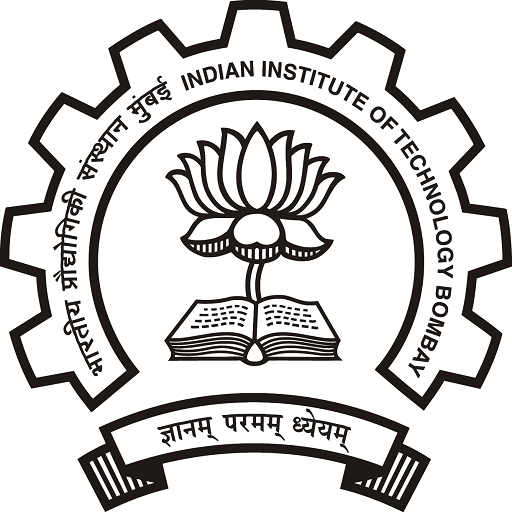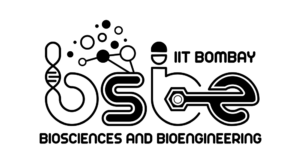BB408: Immunology
Components of innate and acquired immunity; phagocytosis; complement and inflammatory responses; pathogen recognition receptors (PRR) and pathogen associated molecular pattern (PAMP); innate immune response; mucosal immunity; antigens: immunogens, haptens; Major Histocompatibility Complex: MHC genes, MHC and immune responsiveness and disease susceptibility, Organs of immune system, primary and secondary lymphoid organs.
Immunoglobulins – basic structure, classes & subclasses of immunoglobulins, antigenic determinants; multigene organization of immunoglobulin genes; B-cell receptor; Immunoglobulin superfamily; principles of cell signaling; basis of self & non-self discrimination; kinetics of immune response, memory; B cell maturation, activation and differentiation; generation of antibody diversity; T-cell maturation, activation and differentiation and T-cell receptors; functional T Cell subsets; cell-mediated immune responses, ADCC; cytokines: properties, receptors and therapeutic uses; antigen processing and presentation- endogenous antigens, exogenous antigens, non-peptide bacterial antigens and super-antigens; cell-cell co-operation, Hapten-carrier system.
Precipitation, agglutination and complement mediated immune reactions; advanced immunological techniques: RIA, ELISA, Western blotting, ELISPOT assay, immunofluorescence microscopy, flow cytometry and immunoelectron microscopy; surface plasmon resonance, biosensor assays for assessing ligand –receptor interaction; CMI techniques: lymphoproliferation assay, mixed lymphocyte reaction, cell cytotoxicity assays, apoptosis, microarrays, transgenic mice, gene knock outs.
Active and passive immunization; live, killed, attenuated, subunit vaccines; vaccine technology: role and properties of adjuvants, recombinant DNA and protein based vaccines, plant-based vaccines, reverse vaccinology; peptide vaccines, conjugate vaccines; antibody genes and antibody engineering:chimeric, generation of monoclonal antibodies, hybrid monoclonal antibodies; catalytic antibodies and generation of immunoglobulin gene libraries, idiotypic vaccines and marker vaccines, viral-like particles (VLPs), dendritic cell based vaccines, vaccine against cancer, T cell based vaccine, edible vaccine and therapeutic vaccine.
Immunity to infection : bacteria, viral, fungal and parasitic infections (with examples from each group); hypersensitivity: Type I-IV; autoimmunity; types of autoimmune diseases; mechanism and role of CD4+ T cells; MHC and TCR in autoimmunity; treatment of autoimmune diseases; transplantation: immunological basis of graft rejection; clinical transplantation and immunosuppressive therapy; tumor immunology: tumor antigens; immune response to tumors and tumor evasion of the immune system, cancer immunotherapy; immunodeficiency: primary immunodeficiencies, acquired or secondary immunodeficiencies, autoimmune disorder, anaphylactic shock, immunosenescence, immune exhaustion in chronic viral infection, immune tolerance, NK cells in chronic viral infection and malignancy.
Major histocompatibility complex genes and their role in autoimmune and infectious diseases, HLA typing, human major histocompatibility complex (MHC), Complement genes of the human major histocompatibility complex: implication for linkage disequilibrium and disease associations, genetic studies of rheumatoid arthritis, systemic lupus erythematosus and multiple sclerosis, genetics of human immunoglobulin, immunogenetics of spontaneous control of HIV, KIR complex.
Text/References :
- Kindt, T. J., Goldsby, A., Osborne, B. A., & Kuby, J. (2006). Kuby Immunology. New York: W.H. Freeman.
- Brostoff,, Seaddin, J. K., Male, D., & Roitt, I. M. (2002). Clinical Immunology. London:
- Gower Medical
- Murphy,, Travers, P., Walport, M., & Janeway, C. (2012). Janeway’s Immunobiology. New York: Garland Science.
- Paul, E. (2012). Fundamental Immunology. New York: Raven Press.
- Goding, W. (1996). Monoclonal Antibodies: Principles and Practice: Production and Application of Monoclonal Antibodies in Cell Biology, Biochemistry, and Immunology. London: Academic Press.
- Parham, P. (2005). The Immune System. New York: Garland Science.

